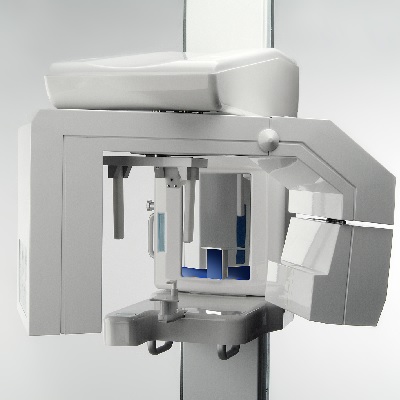P638 Successful Panoramic Radiography

of verifiable CPD
This article will address the problems and errors that may occur in the panoramic radiograph when mistakes are made at any...
More Info Purchase CPDA series of 5 interactive modules for dentists, hygienists and therapists, providing guidelines on:
Successful completion of this online course satisfies the requirements of the GDC and CQC (valid for 5 years).
Successful completion of this online course satisfies the requirements of the GDC and CQC (valid for 5 years).
This course aims to provide learners with knowledge and understanding that will allow them to satisfy the requirements of the Ionising Radiation (Medical Exposure) Regulations (IRMER) 2017 and IRR 2017 for continuing education and training in radiation protection.
To provide information to satisfy the requirements of the Ionising Radiation (Medical Exposure) Regulations (IRMER) 2017 and IRR 2017 for continuing education and training in radiation protection.
On completing this course and passing the associated validation you will satisfy the Ionising Radiation (Medical Exposure) Regulations (IRMER) 2017 and IRR 2017 requirements, for continuing education and training in radiation protection.
The Ionising Radiation (Medical Exposure) Regulations 2000 require employers undertaking medical exposures to establish diagnostic reference levels (DRL) and to undertake appropriate reviews if these are consistently exceeded.
On 1 April 2009, the Care Quality Commission (CQC) assumed responsibility from the Healthcare Commission for the inspection and enforcement for incidents under Ionising Radiation (Medical Exposure) Regulations 2000.
Before an exposure can take place, it must be justified by an IRMER practitioner and authorised, as the means of demonstrating that it has been justified. Any X-ray exposure entails a risk to the patient.
Under normal circumstances the risk from dental radiography is very low.
In this module the importance of selection of appropriate equipment and materials in limiting doses (and hence risk) is reviewed.
The purpose of Quality Assurance (QA) in dental radiology is to ensure consistently adequate diagnostic information, whilst radiation doses are controlled to be as low as reasonably practicable.
The QA programme will need to take account of relevant statutory requirements and this will determine many of the operational objectives.
A well-designed QA programme should be comprehensive but inexpensive to operate and maintain for the dentist and staff.
In general, responsibility is placed on the undertaking, i.e. the employer legally responsible for a given work activity, to ensure that staff safety provisions are implemented and that members of the public are not significantly exposed as a result of the work.

of verifiable CPD
This article will address the problems and errors that may occur in the panoramic radiograph when mistakes are made at any...
More Info Purchase CPD